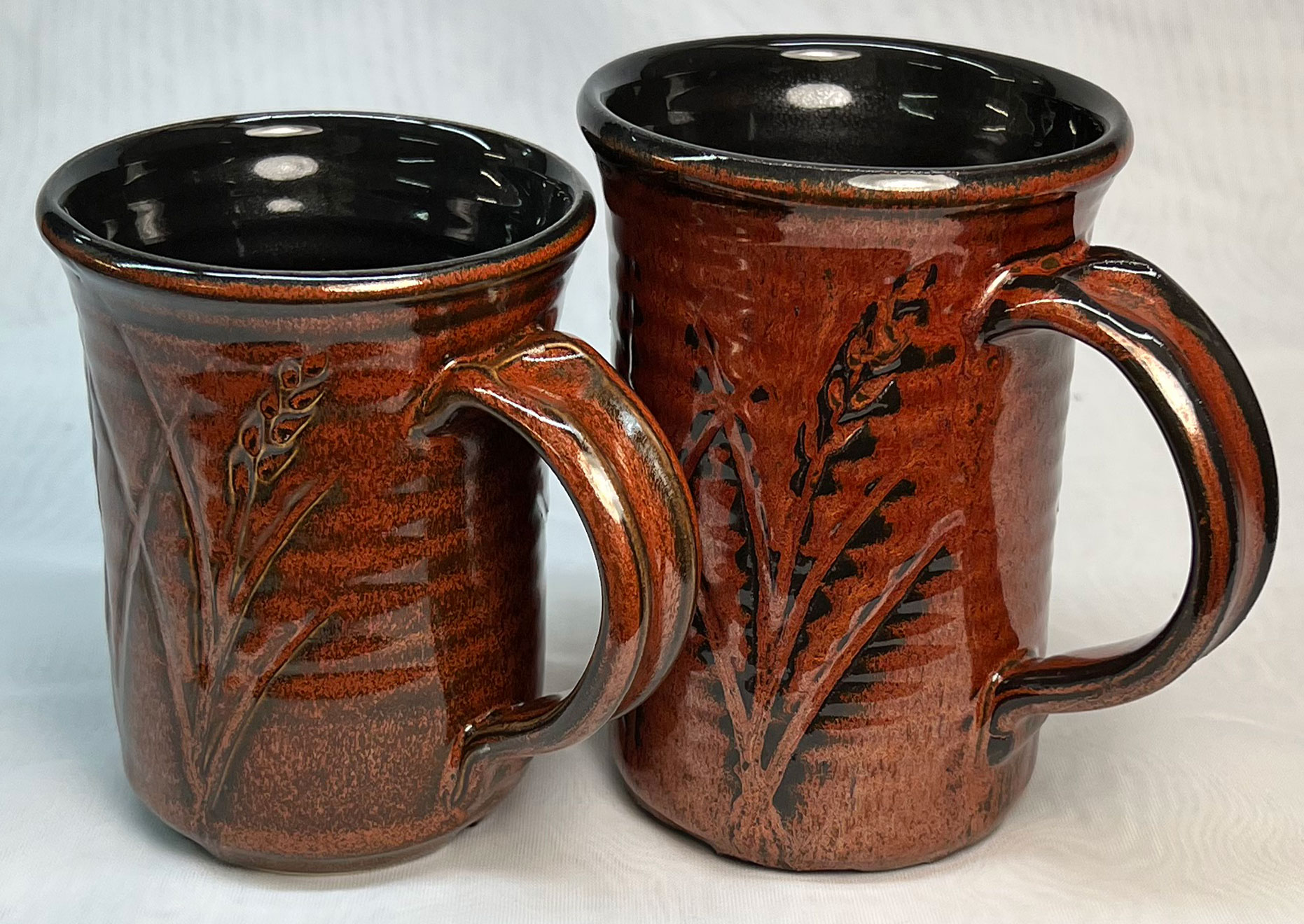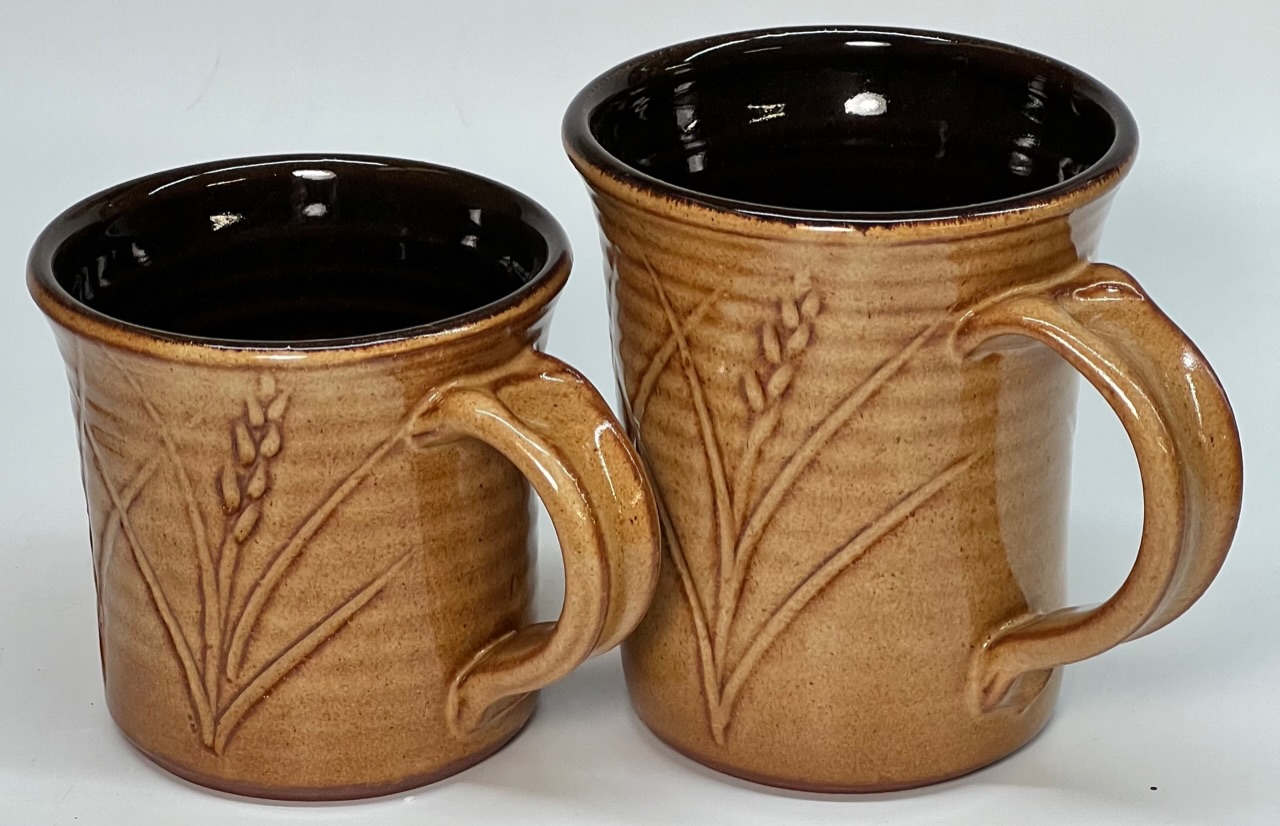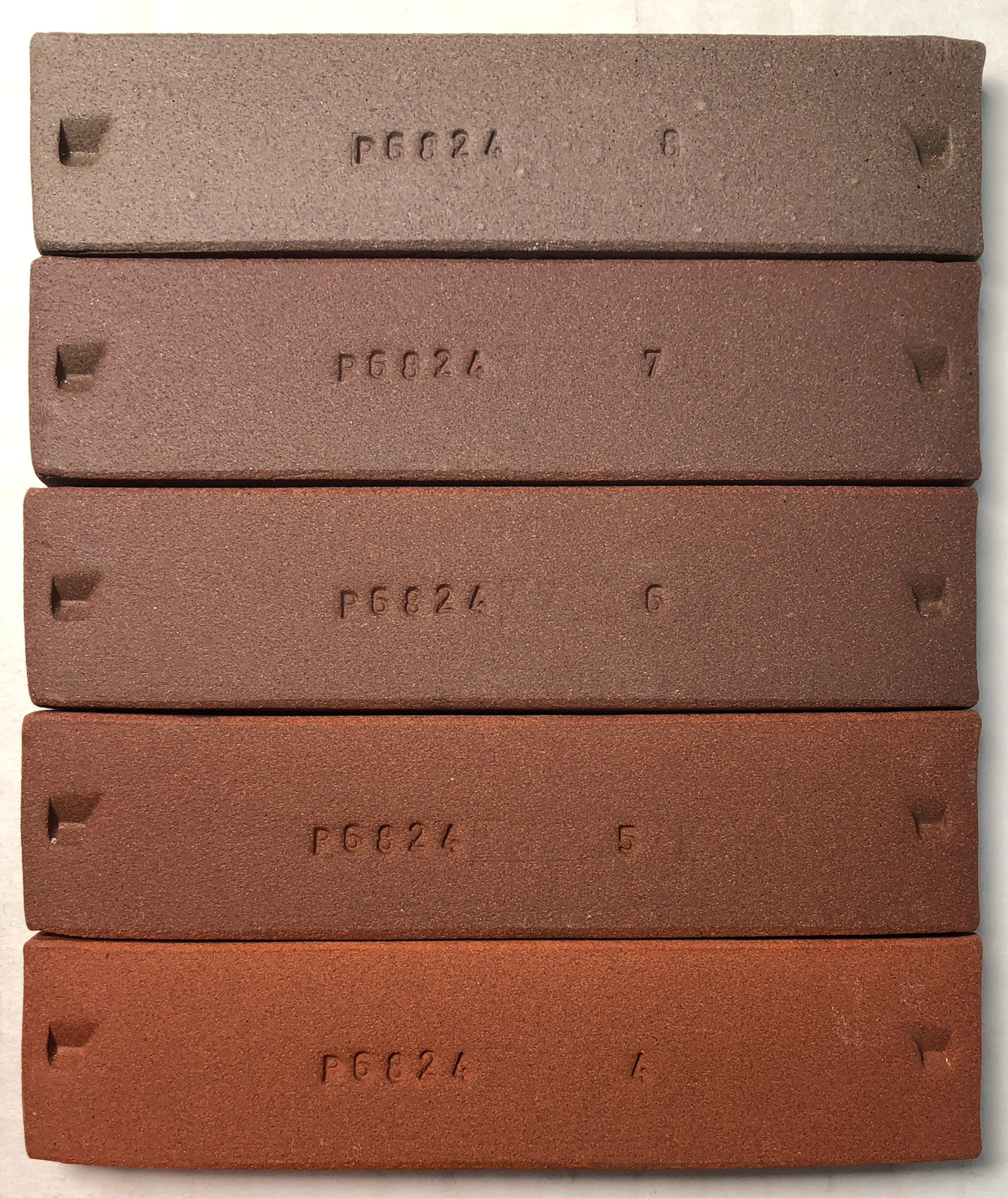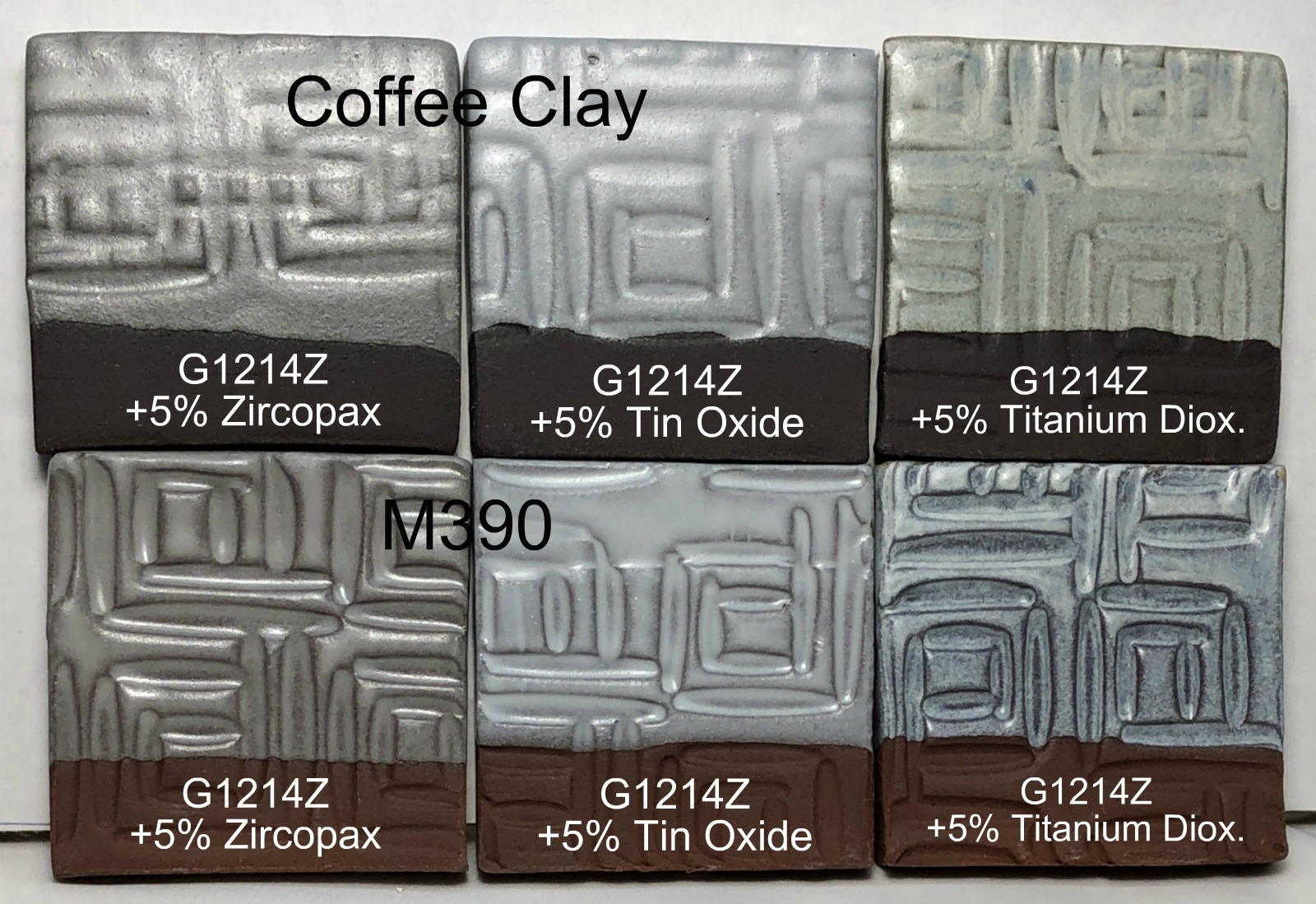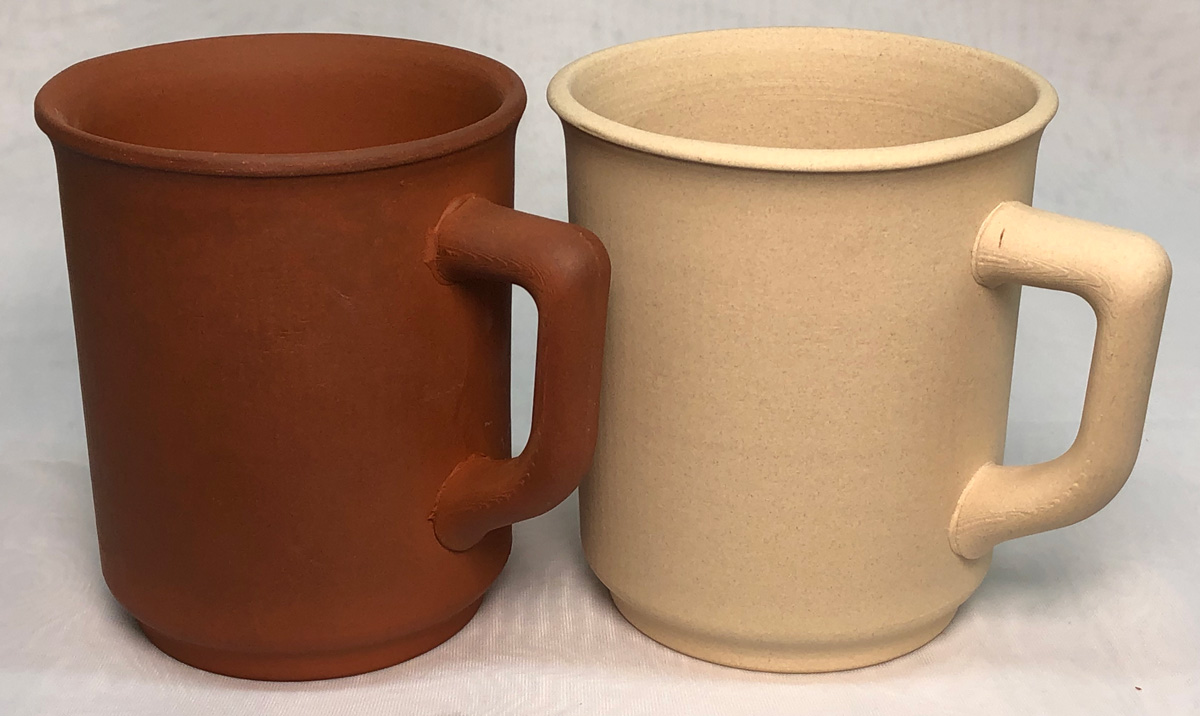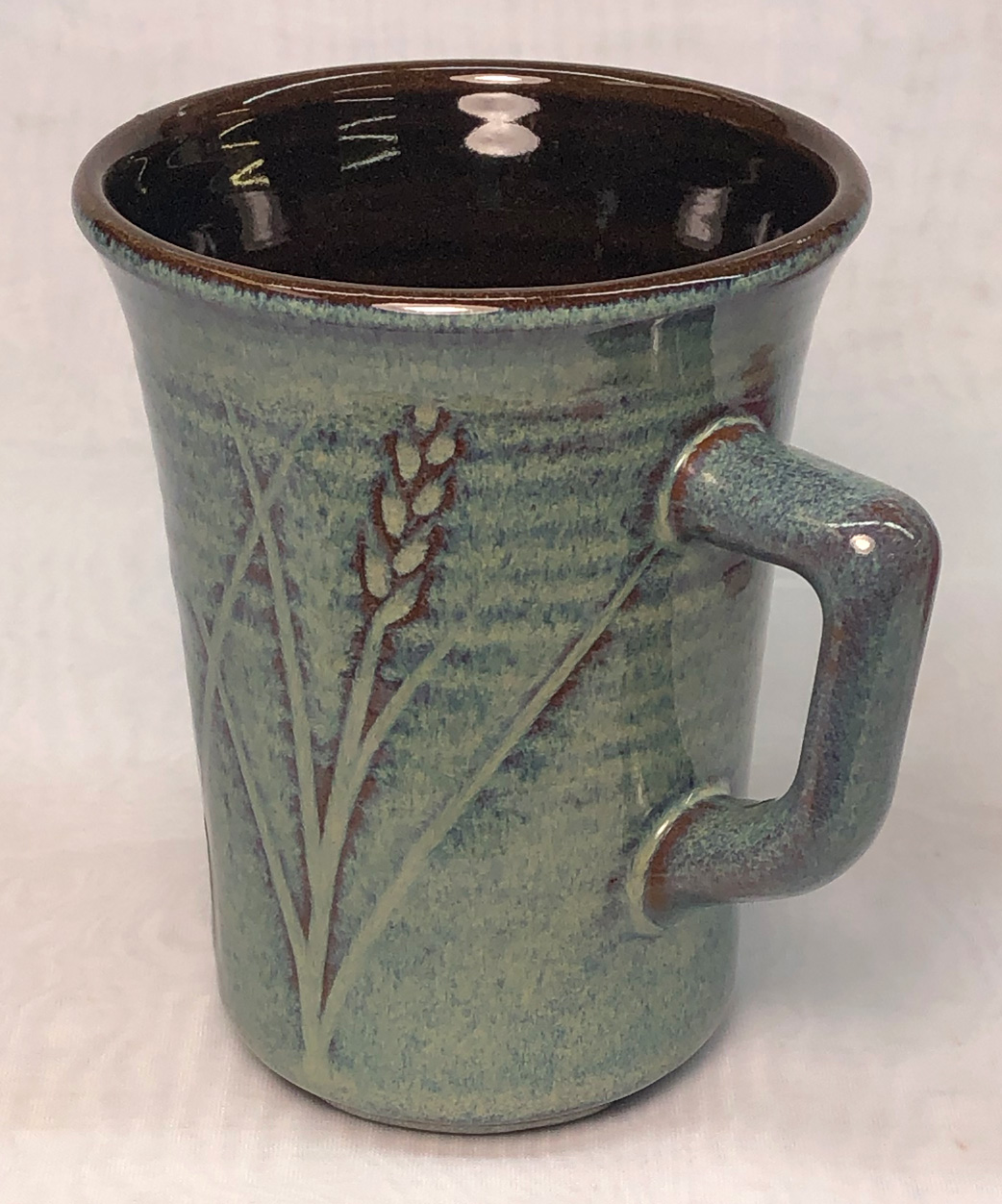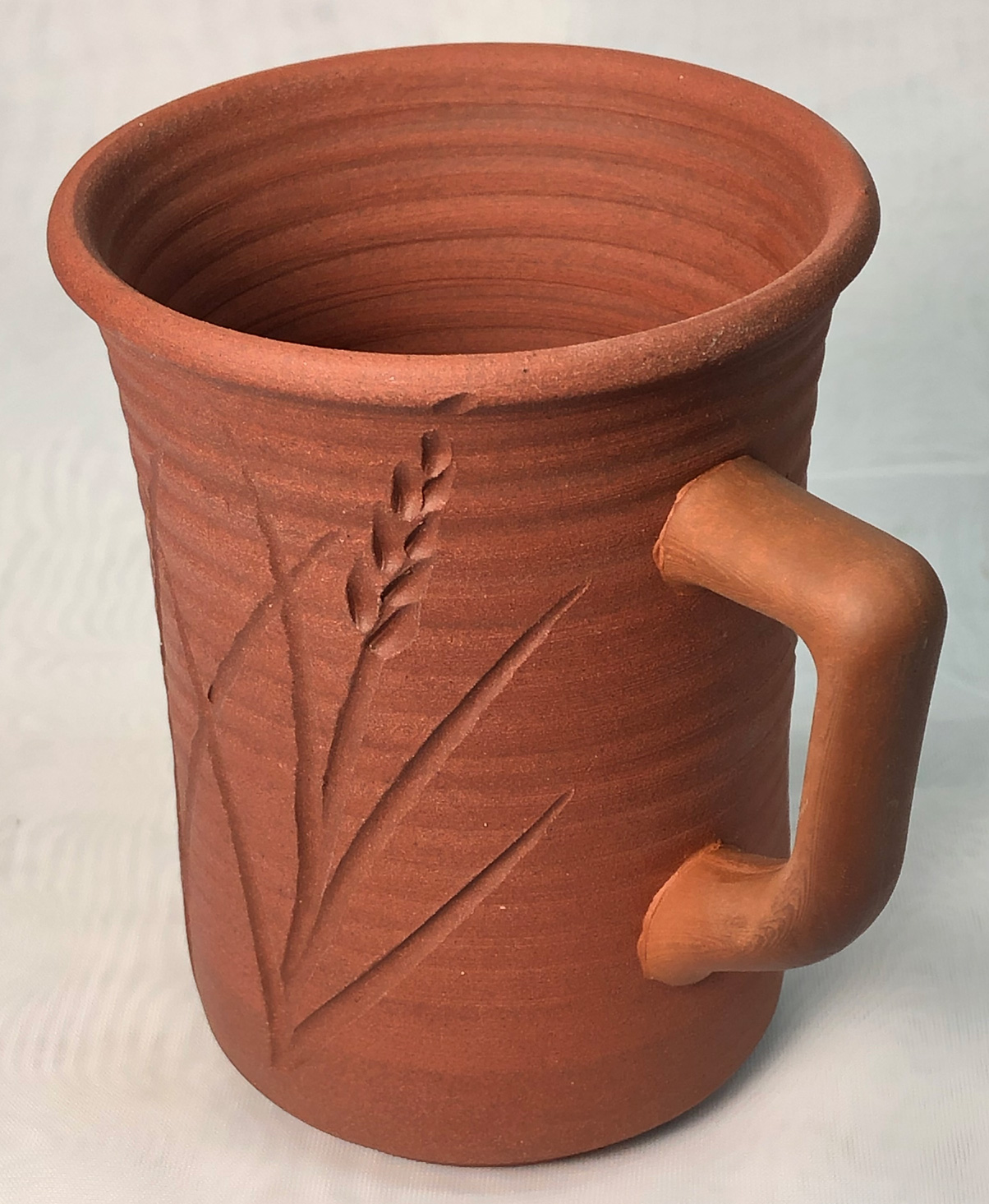M390
Description
Mid-temperature, finely ground and smooth, very plastic, semi-vitreous, dark red-brown burning native body for functional ware.
M390 fires dark red and is the material of choice for dark burning functional ware. It contains more of our native Redstone material than any other body. It is one of several bodies that we process to 60 mesh particle size.
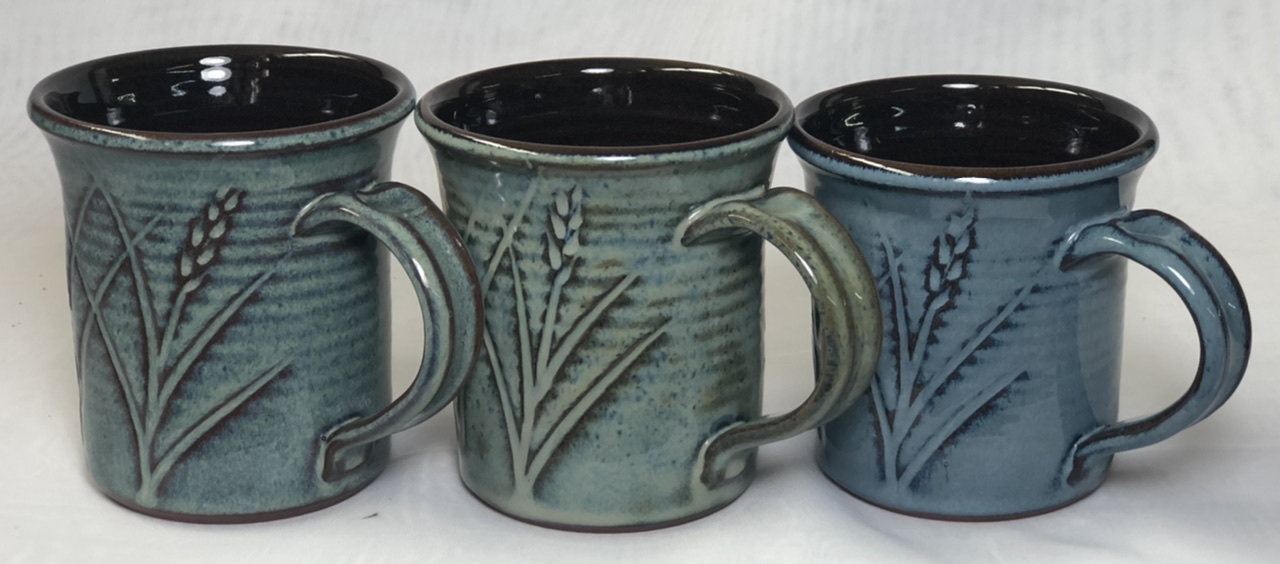
M390 works very well with rutile blues (these are GA6-C, Amaco PC-20 and GR6-M). Typical transparents cloud with micro-bubbles, but inside these is GA6-B, it works extremely well.
M390 is very similar in composition to M350 and shares its natural smooth character. It is however more plastic. Its darker color tends to limit it to specialized glaze effects. M390 contains 5 different clays, each of which is quite balanced on its own.
Being relatively high in iron pieces made from M390 will heat up in a microwave. Please test to assess suitability.
Process Properties
M390 has high plasticity and feels smooth (possible very slight tooth). It generates significant slip during throwing if too soft. Care and attention during drying are a must, especially with larger pieces, flat plates, shallow bowls, and sculptural ware. Put the focus is on evenness of drying rather than speed. If sections of a piece dry faster, then either slow these sections down or slow down the entire piece.
Firing
M390 is a fairly high iron body and thus burns red to brown as it matures. At cone 3-4 it is a very warm toasty red. The red intensifies as it approaches cone 6 and turns brown by cone 7. We maintain the porosity at about 2.0% at cone 6 to hold onto the red color. We regard it as over-fired at cone 7 (although you might have success) but at cone 8 it will definitely be unstable (tending to bloat and warp). This instability occurs even though it has not reached zero porosity.
Cone 6 is the best compromise of color, stability and strength. The red color will be lost under transparent glazes (they will turn it brown). Firing to cone 7 is risky since accidentally over firing will warp or bloat it. At cone 4 porosity is too high (and strength likely too low) for practical functional ware.
To get the best defect-free surface please consider using a drop-and-hold firing schedule, for example the PLC6DS schedule. If crystallization during cooling is not an issue, glazes will give optimum results if slow-cooled also (e.g. the C6DHSC schedule).
Glazing
M390 is quite fine and produces a homogeneous fired surface for most glazes. Since it is a dark stoneware, the iron in the clay will bleed into glazes and colors and significantly stain or mute certain colors (compared to porcelain). On the other hand, this effect will enhance the appearance of earthtone, rutile and variegated glazes. For functional surfaces consider using our L3954B engobe.
M390 is high in silica and will accept most typical cone 6 glazes without crazing. However, crazing is possible if a glaze is high in sodium (i.e. from soda feldspar or nepheline syenite) or is very low in silica or alumina. For functional ware please check glaze fit using a boiling water:ice water immersion test. Please contact Plainsman if you need help to adjust your glaze.
The porosity of this body is required in order to achieve the desired red color at cone 6. That means that pieces will leak water, although very slowly, if they are unglazed or the glaze is crazed.
Caution About Clear Glazes
The GA6-B Alberta Slip base is the preferred liner glaze and works well as a transparent on this body. Here is why.
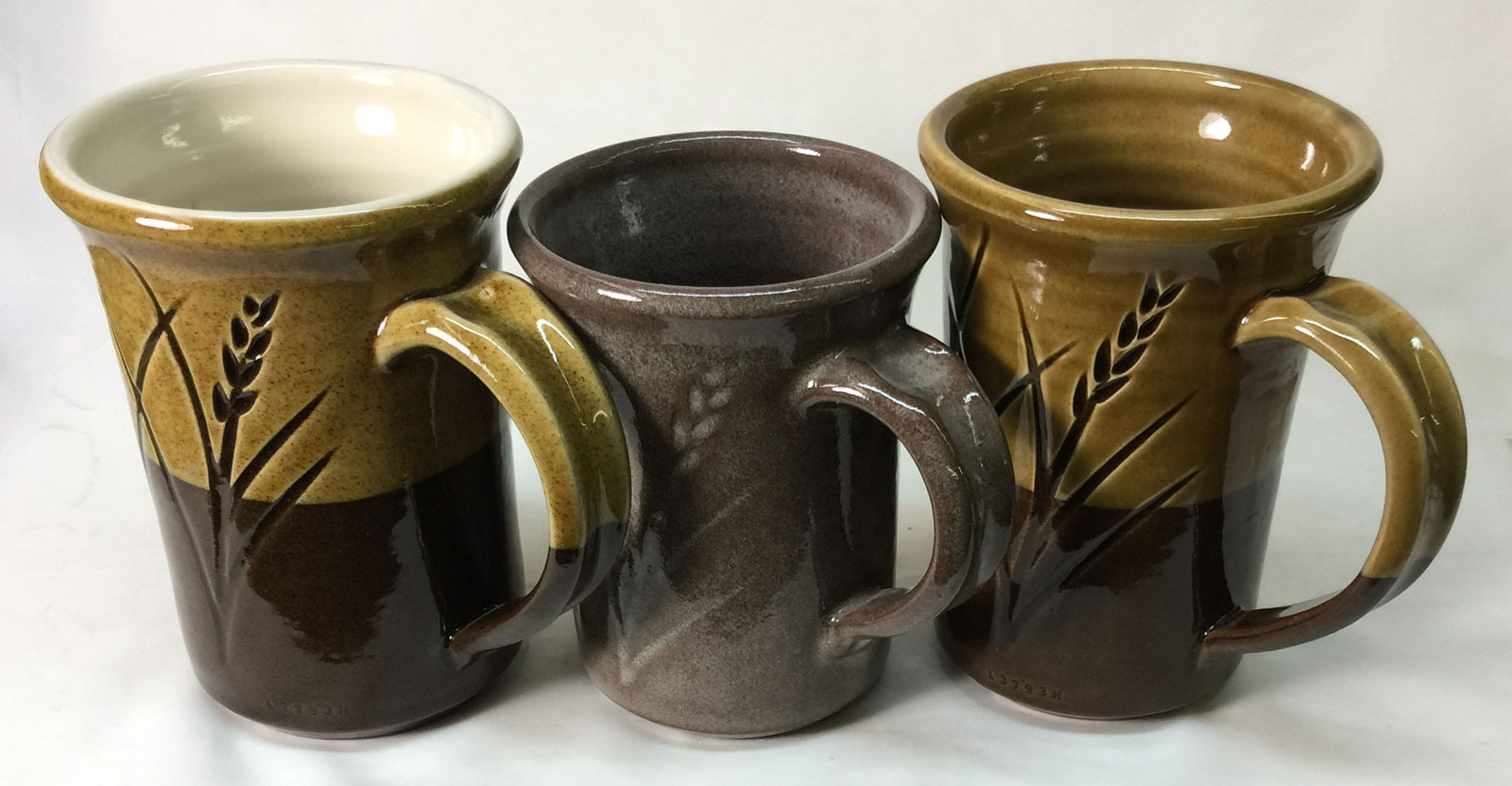
Clear glazes often do not work on our dark burning bodies (like M390, Coffee Clay). The center mug is clear-glazed with G2926B (and is full of bubble clouds).
Left mug: The outside glaze adds 4% iron to G2926B (the iron particles are acting as a bubble fining agent). Right mug: The whole thing is glazed with GA6-B Alberta Slip base glaze.
Glaze Recipes
Commercial brush-on glazes: They may or may not fit our clays (check for glaze fit using a BWIW test or similar). For brightly colored glazes (especially with layering) do a leach test (e.g. GLLE test). Consider using a transparent or white liner glaze for food surfaces.
DIY brushing glazes and dipping glazes: Begin with good transparent base recipes that do not craze, cutlery mark or leach on the body. Our G2926B glossy and G2934 matte can be purchased as powders or weighed out from their recipes (both can be adjusted for glaze fit). The two can be mixed to fine-tune matteness (e.g. 15:85 matte:gloss mix gives us a silky matte). Stains, opacifiers and variegators can be added to make almost any effect. Consider also making glazes based on GA6-A and GR6-A.
Crazing: Functional ware must remain craze-free (crazing is unsanitary and drastically reduces ware strength). Even though ware may not be crazed out-of-the kiln it may do so with time. Do cycles of a boiling water:ice water immersions (BWIW test) on a piece to test glaze fit (by stressing it to bring out any crazing or shivering tendencies).
This body is a great candidate for the engobe process, we recommend the L3954B recipe. It can be colored with stains or whitened with zircopax. It can be applied thickly as an engobe or thinly as a slip.

This is G3806C clear on M390. There is still some clouding, but it is better than other transparents we have used. An even better solution is Alberta Slip GA6-B amber-clear base. Or, you can add some iron oxide to G2926B, it acts as a fining agent.
Casting Recipe
M390 has soluble salts that prevent the action of deflocculants so it cannot be slip cast (it gels in response to additions of Darvan or sodium silicate). With an addition of C-Red clay it is possible to convert our M370 casting body into one that fires the same color as M370, it is documented under our code number L4558. You can also mix one based on Redart, it is documented under our code number L4005D. As noted elsewhere, is important to understand the principles of deflocculation, be able to measure specific gravity efficiently and have a good propeller mixer to make good casting slip.
Thermal Expansion
We do not supply thermal expansion values. If a chart is supplied here, please view it only as a way to compare one body with another. Please note that, although you may calculate the thermal expansion of a glaze, this cannot be done for clay bodies since they do not melt. The best way to fit glazes to clay bodies is by testing, evaluation, adjustment and retesting. For example, if a glaze crazes, adjust its recipe to bring the expansion down, fire a glazed piece and thermal stress it (using an IWCT test, 300F into ice-water). If it still crazes, repeat the process.
Physical Properties
Drying Shrinkage: 6.0-7.0% Dry Strength: n/a Water Content: 19.5-20.5% Drying Factor: c130 Dry Density: n/a
Sieve Analysis (Tyler mesh):
+65: 0.0-0.2% 65-100: 0.5-1.5 100-150: 4.5-7.5 150-200: 7.0-10.0 200-325: 10.0-15.0
Fired Shrinkage:
Cone 4: 3.5-4.5% Cone 5: 3.5-4.5 Cone 6: 4.0-5.0 Cone 7: 4.5-5.5
Fired Absorption:
Cone 4: 4.5-5.5% Cone 5: 3.0-4.0 Cone 6: 2.0-3.0 Cone 7: 1.0-2.0
Chemical Analysis
BaO 0.3 CaO 0.3 K2O 2.3 MgO 0.7 Na2O 0.1 TiO2 0.7 Al2O3 16.3 P2O5 0.2 SiO2 68.3 Fe2O3 3.6 MnO 0.0 LOI 7.2%
Gallery

M390 with GA6-C Alberta Slip rutile blue. Fired at cone 6 oxidation. Follow the firing curve instructions for that glaze to get this blue, cobalt-free color.
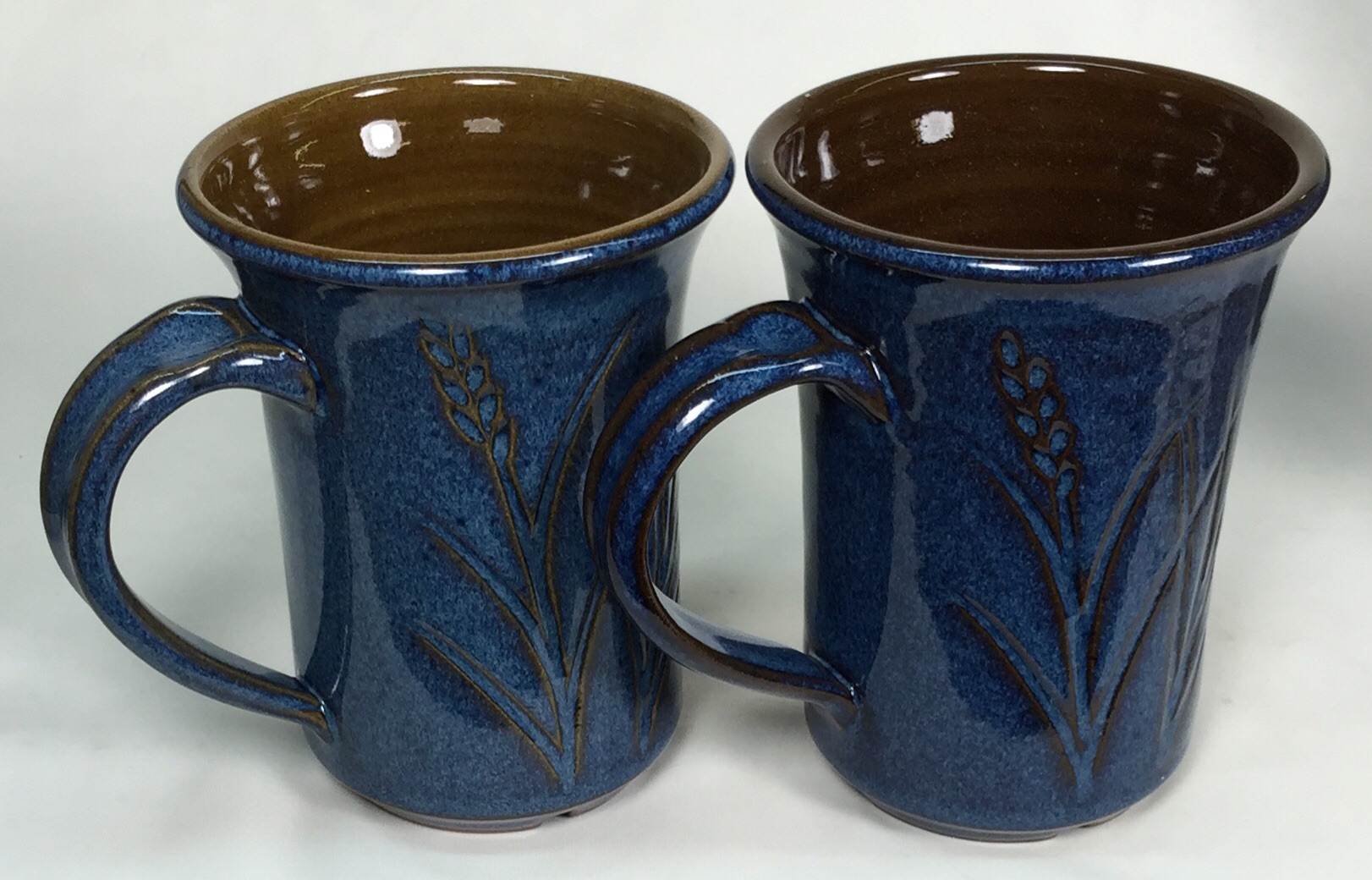
M350 vs M390 at cone 6. The liner glaze is Alberta Slip GA6-A base, outside is GA6-C Alberta Slip rutile blue. By Tony Hansen.
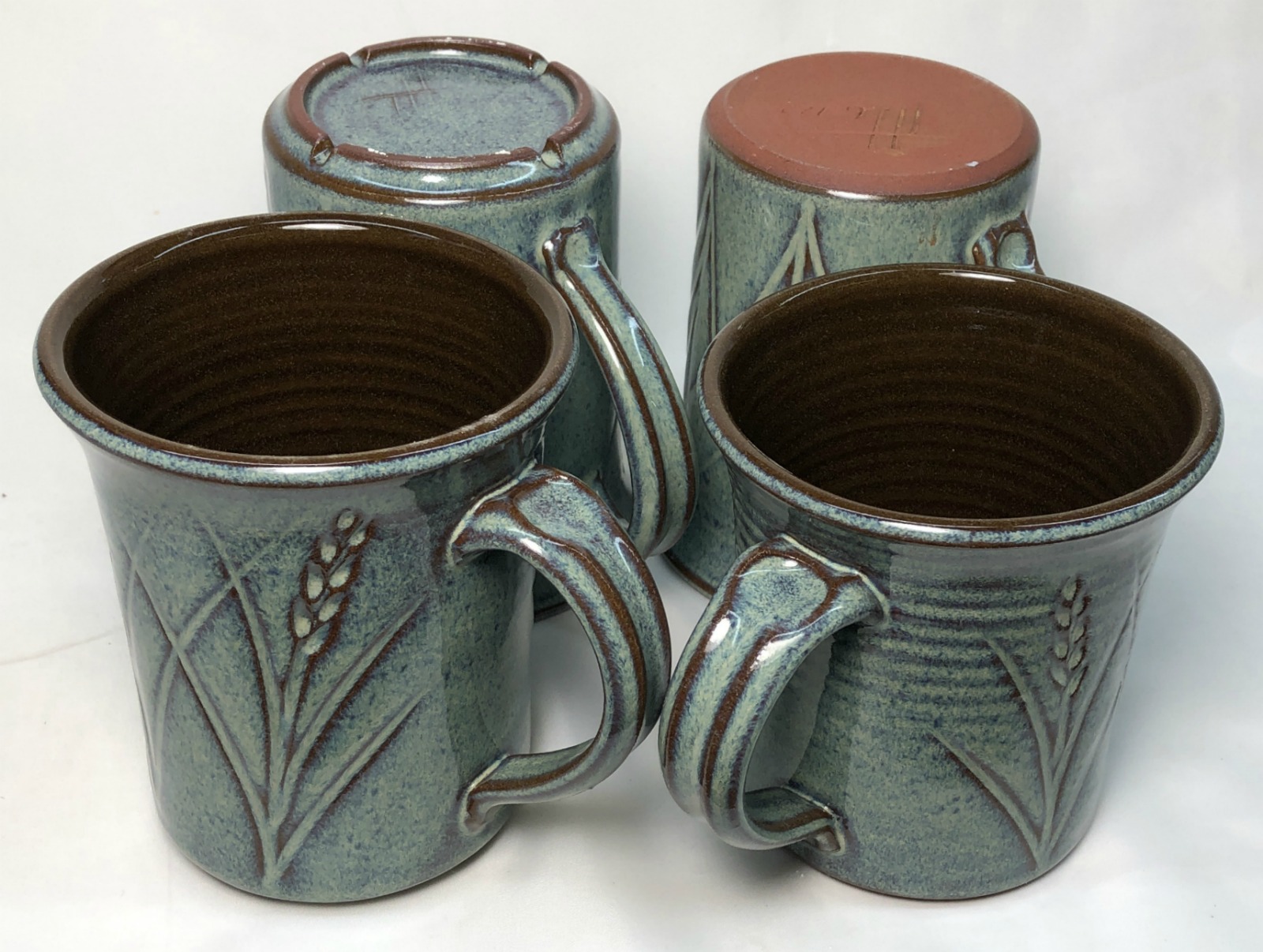
M390 mugs glazed with the GA6-C Alberta Slip rutile blue recipe (outside) and GA6-B Alberta Slip base recipe (inside). By Tony Hansen.
